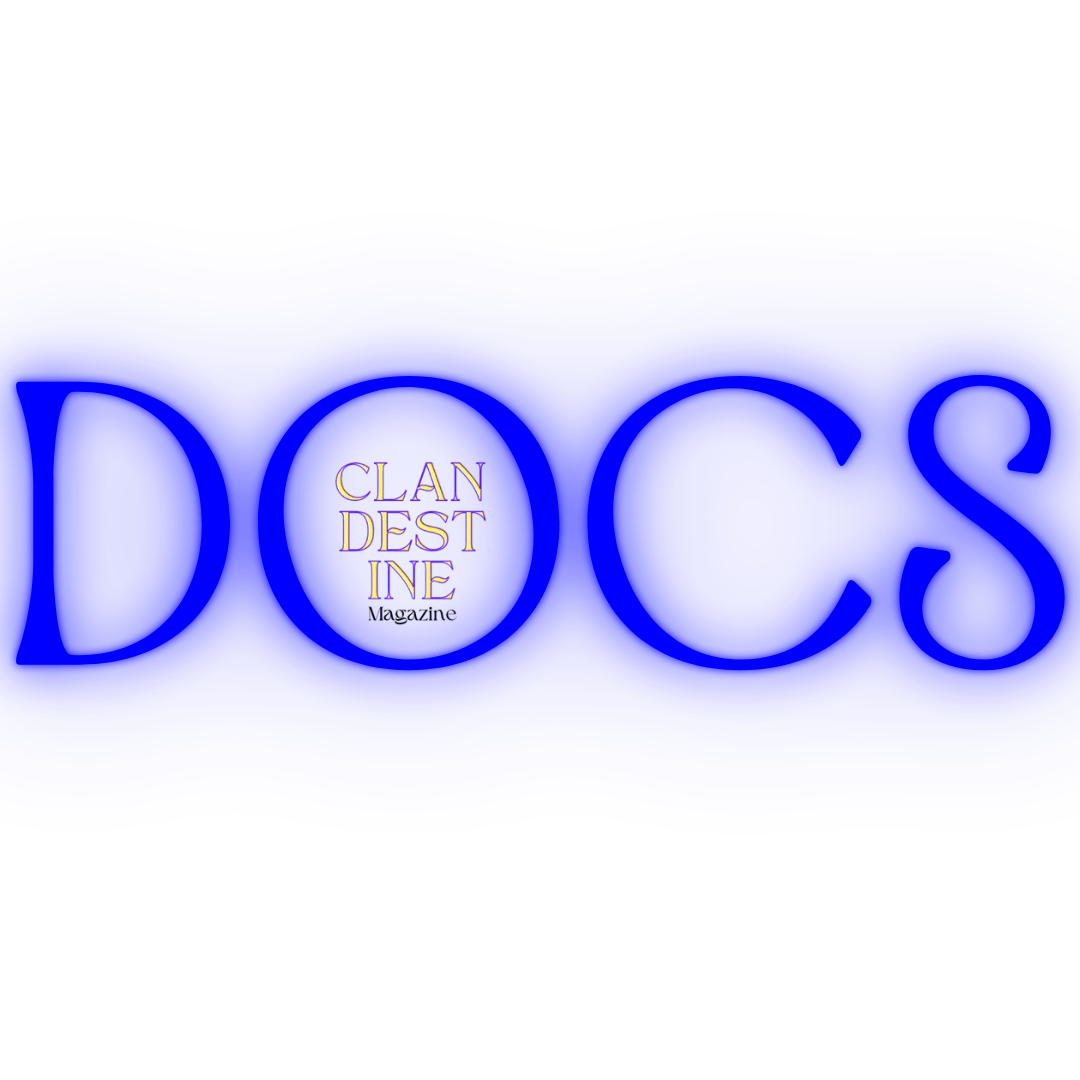Tim Burton’s Beetlejuice Beetlejuice, the long-anticipated sequel to his 1988 cult classic, lands with all the macabre flair you’d expect from the director. While the film doesn’t quite capture the lightning-in-a-bottle energy of the original, it’s still a gleefully twisted ride that manages to stay true to its roots while offering up some fresh, if not always successful, surprises.
Set decades after the events of the first film, Beetlejuice Beetlejuice reunites us with Lydia Deetz (Winona Ryder), now a middle-aged “psychic mediator” and host of a paranormal TV show called Ghost House. Lydia may have grown older, but her goth sensibilities remain intact—right down to her trademark black wardrobe and heavy eyeliner. Yet beneath the surface, she’s a shadow of her former self, worn down by a toxic relationship with her self-absorbed boyfriend Rory (Justin Theroux), and estranged from her rebellious daughter Astrid (Jenna Ortega), who’s inherited her mother’s knack for dark, moody rebellion.
As a family tragedy pulls Lydia and Astrid back to the eerie Deetz household in Winter River, Connecticut, the stage is set for Beetlejuice’s grand return. Michael Keaton, back in his iconic role, brings that same anarchic energy that made his performance in the original film so unforgettable. His Beetlejuice remains the ultimate ghostly trickster—crude, chaotic, and always ready to break the rules of both life and death. When he’s on screen, the film truly comes alive, with Keaton bouncing through the scenes like a demonic jack-in-the-box.
The sequel doesn’t shy away from paying homage to its predecessor, and Burton brings back his signature mix of the grotesque and whimsical. The stop-motion effects, bizarre prosthetics, and offbeat humor evoke the playful spirit of the original, especially during standout moments like a possessed musical number that rivals the famous “Day-O” sequence from 1988. There’s a nostalgic charm to seeing Burton lean into the handmade, lo-fi aesthetic that made his early work feel so distinct, even if this version feels a bit more polished and slick than its predecessor.
But for all its nostalgic callbacks and zany energy, Beetlejuice Beetlejuice does stumble in a few areas. The plot feels overstuffed at times, with too many subplots and new characters jostling for space. Monica Bellucci’s Delores, Beetlejuice’s vengeful ex-wife, is introduced with a lot of potential but ultimately doesn’t get enough time to make a real impact. Willem Dafoe’s hilariously over-the-top afterlife cop adds some fun moments but feels like he belongs in a different movie altogether. The film’s pacing occasionally suffers under the weight of these competing threads, and some of the emotional stakes—particularly Astrid’s strained relationship with her mother—are underdeveloped.
Still, Beetlejuice Beetlejuice succeeds in capturing the weird, offbeat charm that made the original such a cult hit. It’s a film that revels in its oddity, with Burton indulging in his trademark visual quirks and gothic flair. The chaotic underworld sequences, with their ghoulish inhabitants and absurd rules, are a delight to watch, and Danny Elfman’s score once again sets the perfect tone, as if conducted by a ghostly orchestra.
In the end, Beetlejuice Beetlejuice doesn’t quite outshine the original, but it doesn’t have to. It’s a spirited return to Burton’s twisted world, anchored by Keaton’s unhinged performance and filled with enough eccentricities to keep fans entertained. For those looking for a nostalgic trip back to the afterlife or a new generation of viewers wanting a taste of Burton’s gothic madness, it’s a wild ride worth taking. Just be prepared for a bit of narrative chaos along the way—after all, that’s just how Beetlejuice rolls.





















